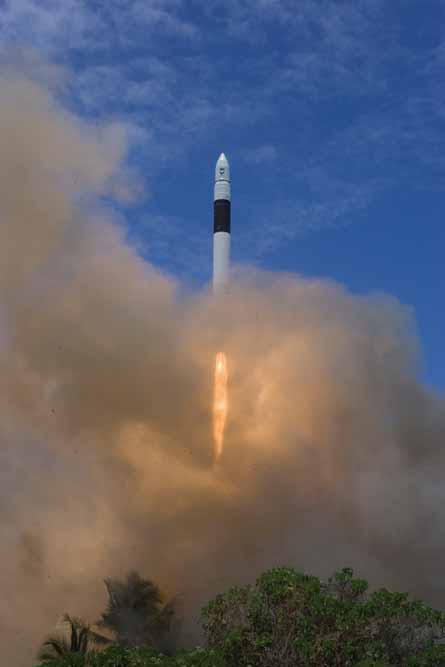Space Exploration Technologies (SpaceX) is investigating why the second stage of its Falcon 1 launch vehicle did not reach orbit during the company's second launch attempt on 20 March. The start-up company still plans to make its first operational launch, of a US Department of Defense satellite, in the third quarter.
After lift-off from the Pacific Island of Omelek in the Kwajalein Atoll, the Falcon 1 achieved first-stage separation, second-stage ignition and fairing separation, but the second stage did not achieve full orbital velocity "due to a roll excitation late in the burn", says SpaceX founder Elon Musk. The vehicle reached an altitude of about 320km (200 miles), then fell into the Pacific.
SpaceX had made a number of design changes since the failure of the first launch last year, when the first-stage engine caught fire because of a fuel leak. Musk says the latest launch "has proved 95%-plus of the Falcon 1 systems". He believes the roll anomaly "should be comparatively easy to fix once we examine the flight data".
|
|---|
Source: Flight International
























